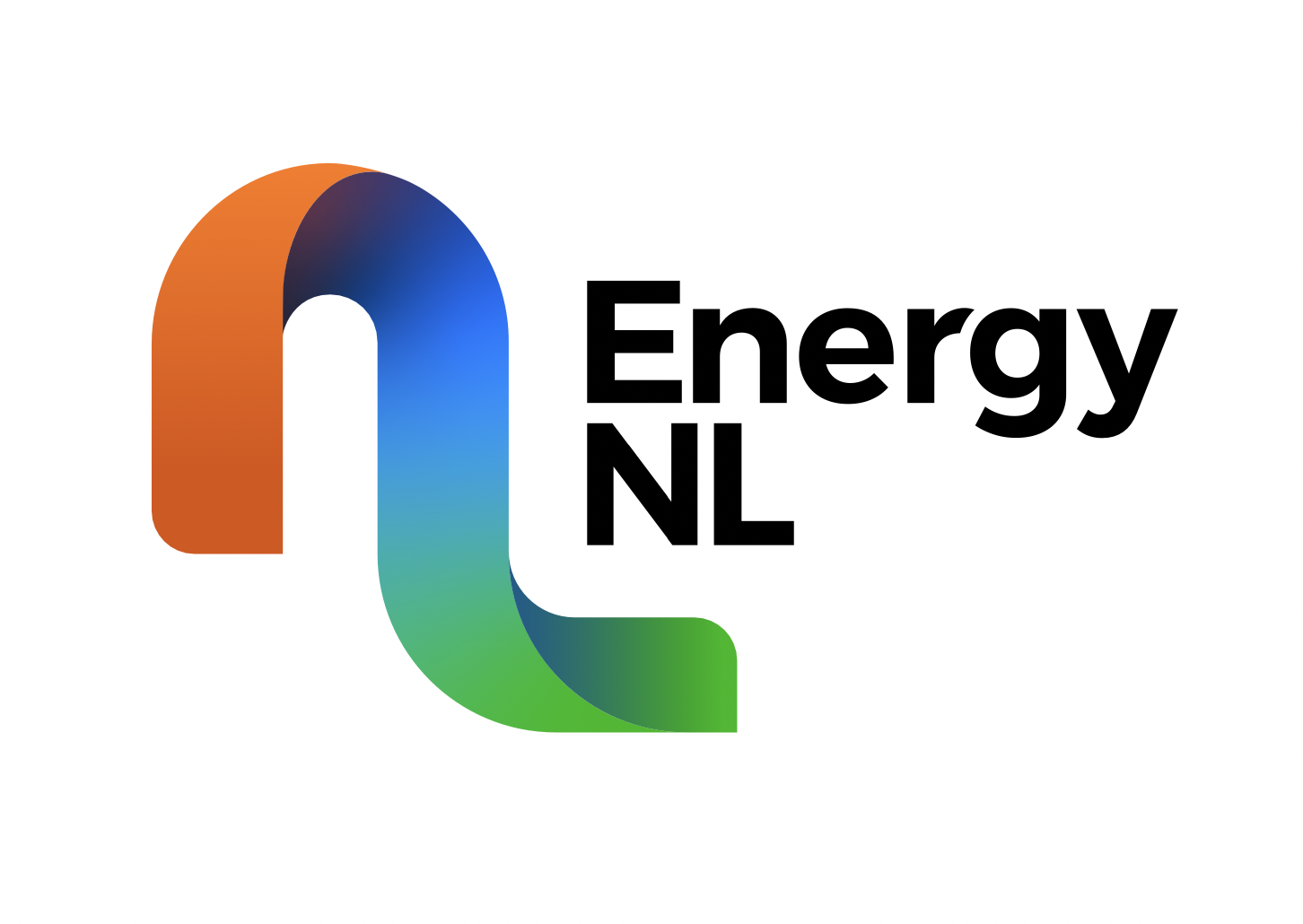The most vexing challenge for service companies in the geosciences sector is predicting the ebb and flow of oil company spending on exploration that provides the lifeblood of the business.
How much, when and where are the questions that determine their strategies.
Any answer, however well researched, is at best a guess, even when coming from the likes of the International Energy Agency, Opec, or leading analysts.
There will always be surprises — the astonishing rise of US shale, the 2014 price shock and the Covid-19 pandemic, to name just three in recent memory.
That is why it is refreshing to come across Mike Lakin, managing director of UK-based Envoi, an unheralded international acquisition and divestiture consultancy established over 20 years ago that has ongoing oil and gas company advisory projects on every continent.
Lakin does not deliberately court controversy but as an occasional conference panellist, he has never been one to shy away from saying how he sees things.
His current concern is based on what he calls the “maths” of the energy transition, its timescale and the impact on oil industry E&P expenditure.
Manageable increase
The major analysts such as Rystad Energy, Wood Mackenzie and IHS Markit all broadly envision a gradual but essentially manageable increase in oil company spending.
The oil price is expected to stay at levels sufficient to justify new oil and gas E&P expenditure.
However, future potential spending is being restrained by the need to meet energy transition investment targets demanded by shareholders, and a reluctance to commit to long-term oil and gas projects that quite possibly could be unprofitable in the transition era.
“Renewables and other cost-effective technology are of course the future, nothing wrong with that,” says Lakin.
“My question is how these actions can replace our current dependence on hydrocarbons in the 29 years left to meet the 2050 emission targets being set by governments and others.
“Today, hydrocarbons still fuel something like 80% of the world’s energy and significant by-products.
“Although oil and gas may be seen as the villain in many western industrialised countries, there is not much evidence yet that people are willing to make the lifestyle change to satisfy a 30% emission reduction,” he continues.
“Ironically, the Covid pandemic apparently did make a significant impact, but I doubt anyone wants to live in lockdown for the next two decades.”
Lakin quotes an example of the maths not adding up from technology research consultancy Thunder Said Energy, which calculates that replacing electricity generated by hydrocarbons with wind and solar would take 400 years at the current $300 billion per annum rate of investment, as it adds only around 270 terawatts per year of the 100,000 terawatts needed.
It may be the last hoorah, but Lakin suspects we are heading for an E&P boom that the services sector, including seismic, may struggle to keep up with.
The rebound in the oil and gas business cycle alone will be significant, he reasons. Add to that, companies have neglected conventional oil and gas production in the past five years.
A resurgence in spending would be welcome news for the geosciences sector.
Lakin cites the fact that less than 50% of the estimated $740 billion needed annually to sustain current production levels has been spent.
Wood Mackenzie chairman and chief analyst Simon Flowers has noted the consequences, recently blogging: “We think the world may be sleepwalking into a supply crunch in a few years’ time.”
Should a spike in oil company spending occur, Lakin agrees with the view that the industry’s initial focus will be on boosting production — and cash flow — with near-term development or redevelopment projects and enhanced recovery initiatives justified by higher commodity prices. Low-risk exploration may follow.
Renewed interest
A geologist by profession, Lakin has his picks for what the geography of renewed interest in E&P will look like.
Enhanced production and infill exploration with new technology in proven areas would include Cameroon and Nigeria in West Africa, stranded discoveries in the North Sea, Kazakhstan, and Columbia, Argentina and onshore Brazil in South America.
For extension of proven producing plays, Lakin names Namibia, South Africa, Suriname, and Western and Northern Australia, offshore and onshore. If there is to be frontier area exploration, he fancies Uruguay, eastern and southern Australia, Mongolia, Jamaica, Zimbabwe, and the Arctic region.
Despite foreseeing an imminent surge in oil industry investment, Lakin makes clear that transition is necessary and will require a rebalancing of the energy mix with more gas and even nuclear power as part of the solution. The energy equation, he says, would then make sense.(Copyright)
Source: Upstream | This text was excerpted from the media outlet cited on June 1, 2021 and is provided to Noia members for information purposes only. Any opinion expressed therein is neither attributable to nor endorsed by Noia.





